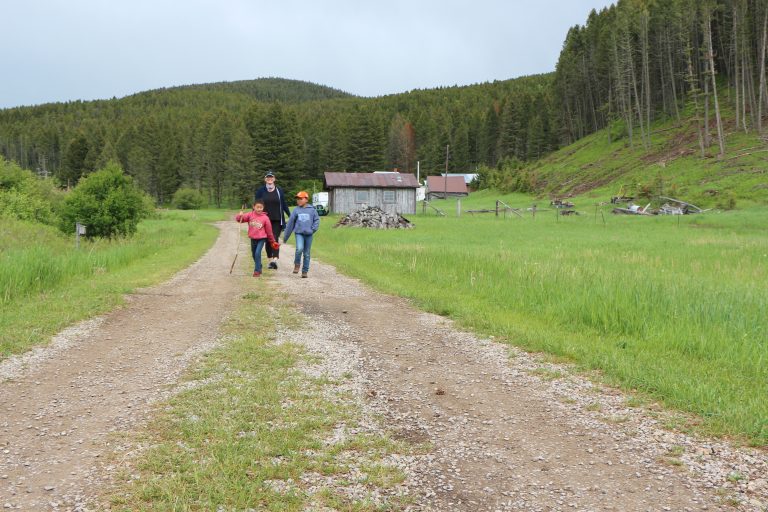How to Sleep on a Plane: 15 Tips for Actually Getting Some Rest at 35,000 Feet
Sleeping on a plane sounds simple in theory: you sit, you close your eyes, and boom, nap time. In reality, between cramped seats, engine noise, turbulence, and the guy next to you ordering a third Bloody Mary, it’s often impossible. Whether you’re flying overnight or just want to catch a bit of shut eye, here’s your ultimate guide to actually getting some real sleep in the sky.
1. Choose the Right Seat
Not all airplane seats are created equal. Your seat can make or break your in-flight sleep.
-
Window seat = your best bet. You can lean against the wall and won’t be disturbed by seatmates who need to crawl over you to go to the lavatory.
-
Avoid the back row because the seats don’t always recline, and seats near bathrooms because of increased foot traffic.
-
Use SeatGuru or your airline’s seat map to pick the most sleep-friendly option.
2. Use a Travel Pillow That Actually Works
Ditch the floppy U-shaped pillow. Go for something supportive that keeps your neck in a natural position.
Some top-rated options:
-
Trtl Pillow (wrap-around support)
-
Infinity Pillow (versatile and soft)
-
BCOZZY pillow (good for chin support)
Dress Comfortably and in Layers
Airplane cabins are notoriously unpredictable—too hot one minute, freezing the next.
-
Wear breathable fabrics, like cotton, bamboo or merino wool. I love merino and find it often worth the higher prices.
-
Bring a hoodie or lightweight jacket you can use as a blanket.
-
Compression socks help with circulation and prevent swelling.
4. Block Out Noise
Planes are not usually quiet. There’s crying babies, PA announcements, and people who can’t figure out how to use their headphones. Try:
-
Noise-canceling headphones (like Bose or Sony)
-
Foam earplugs (cheap but effective)
-
White noise or calming music on a sleep playlist
5. Block Out Light
Even on red-eyes, people love turning on their reading lights. And sunrise mid-flight? Brutal.
-
Pack a good-quality sleep mask that blocks all light
-
Some even come with built-in Bluetooth for audio
Recline Your Seat (Politely)
I know “To recline or not” is hotly debated but I’m pro reclining, in general. Some situational awareness is always a good idea – I look to see who is seated behind me. If it’s a kid, I’ll have no qualms about reclining but if it’s a 6’5 person with his knees folded against his chin, I might opt not to on a shorter flight. Then again, the 6’5 person had the option to select and pay for a seat with additional leg room.
-
Don’t recline until after takeoff – this is a rule and the flight atttendants will usually flag you if you’re reclining too early.
-
Look what’s going on behind you. Is the person working on a laptop? A warning might be appropriate and don’t slam your seat back.
-
Bring your seat up for meals. On a long haul flight, it’s an unwritten rule that you don’t recline until after the main meal service, which is generally when everyone starts getting in comfort mode.
7. Try Relaxation Techniques
If your brain’s buzzing with to-do lists and travel anxieties:
-
Breathe in for 4, hold for 7, out for 8 (the 4-7-8 method)
-
Try a sleep or meditation app like Calm or Headspace
-
Think: “I’m not trying to sleep, I’m just resting,” that way there’s no pressure.
8. use Sleep Aids (With Caution)
Melatonin can help your body adjust to time zone changes. Some travelers use:
-
Melatonin (0.5–3 mg is often enough)
-
Benadryl or doxylamine (antihistamines that cause drowsiness)
-
Prescription sleep meds (only with a doctor’s approval)
⚠️ Test anything at home first. Don’t experiment at 35,000 feet. Ask me how I know this!
9. Avoid Caffeine and Alcohol
That pre-flight cocktail or coffee might feel tempting, but:
-
Caffeine is a stimulant, even in small doses.
-
Alcohol disrupts REM sleep and can dehydrate you.
Stick to water or herbal tea instead and if you really want that drink, limit yourself to one.
10. Eat Smart
Heavy meals make you feel sluggish, not sleepy. Lighter is better.
-
Aim for something balanced: lean protein + whole grain + veggies
-
Avoid greasy, spicy, or sugary meals pre-flight
11. Time Your Sleep to Your Destination
Flying overnight? Try to sleep when it’s night at your destination.
-
Helps reduce jet lag
-
Makes it easier to adjust when you land, although even if you’re tired, try to get on your new time zone’s schedule as soon as possible.
12. Bring Sleep Essentials in Your Carry-On
A “sleep kit” can make a huge difference. Include:
-
Neck pillow
-
Eye mask
-
Earplugs or noise-canceling headphones
-
Travel blanket or shawl
-
Lip balm + moisturizer (cabins are dry!)
13. Limit Screen Time
The blue light from your phone or tablet can mess with melatonin production.
-
Switch to night mode or use blue light filters
-
Read a paper book or listen to calming audio instead
-
Power down 30 minutes before trying to sleep
14. Skip the In-Flight Entertainment Marathon
It’s tempting to binge movies, but if you’re serious about sleep:
-
Watch one episode or movie to relax
-
Then start winding down with your sleep routine
15. Stretch and Move Before You Sleep
A little movement can help you relax:
-
Stretch your legs and back before boarding
-
Walk the aisle briefly during the flight (if safe)
-
Loosen up your body to avoid stiff muscles mid-nap
Be mindful of your surroundings and other people when doing stretches in the cabin. Don’t go full on yoga class and put your behind in someone’s face.






